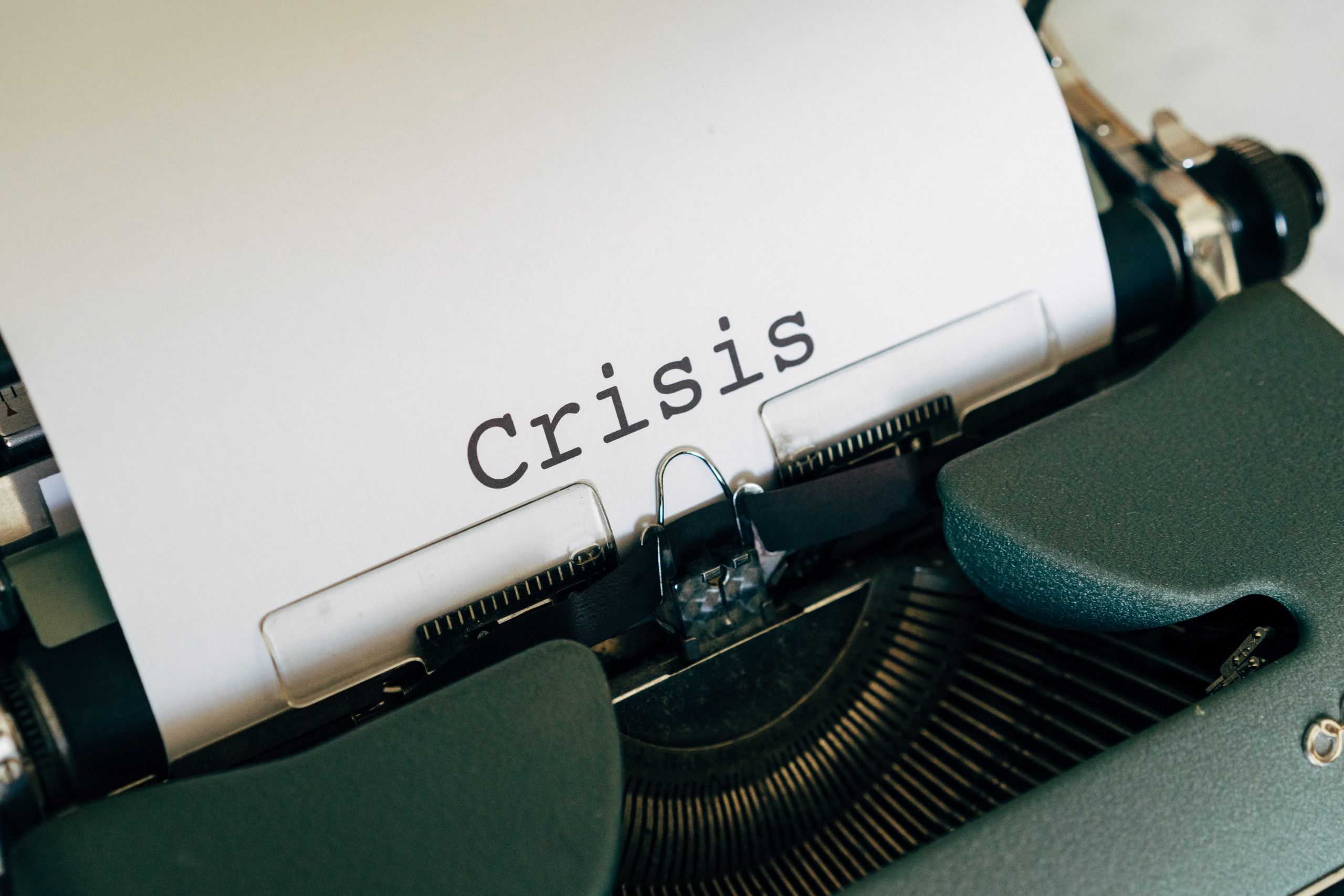On Friday the Bureau of labor Statistics (BLS) will release its monthly Employment Situation. It will contain detailed information on which industries lost the most workers in the last month.
This is important information because it will help answer a question that will be with us for some time:
How many jobs are permanently gone?
But that is only the beginning of a much larger issue…
How will we survive in a world where there are not enough living wage jobs to go around?
We have been heading down this path for some time, but we have avoided talking about it. Instead we play with the numbers…
For example, Bureau of Labor Statistics criteria for what constitutes a job has a very low threshold…
That’s right. If you work on hour per week you are employed.
That’s one of the reasons the unemployment rate can be only 3.8%, yet consumer demand and median wages are so low.
The “booming economy” we heard about since the Crash of 2008 was true for Wall Street, but not Main Street.
The number of jobs is not just decreasing. The very nature of jobs is changing.
The typical job is no longer the traditional 9 to 5 routine with health insurance and vacation days. Now jobs are subject to he Just in Time (JIT) philosophy that started with reorganizing supply chains in the 1980’s.
In those days fax machines and container shipping made it possible to order supplies when needed, eliminating the need to warehouse supplies – and their value – for weeks or months until needed.
Now jobs themselves blink into and out of existence depending on demand. Uber and Lyft are the most familiar examples, although professional services are now moving to the JIT model.
The American Association of University Professors found that 73% of college professors are adjuncts – hired to teach only when enough students enroll.
That was in 2016.
Even “knowledge work” – once the epitome of modern professional living wage work – becomes a commodity. A commodity requiring a graduate degree, and soon a pedigree from an elite university.
In 1996 Jeremy Rifkin predicted that technology would eventually replace human labor in his book The End of Work.
More recently in 2016 Martin Ford addressed the same problem in Rise of the Robots.
Currently, The Workplace of the Future by Jon-Arild Johannessen gives the most detailed and depressing pre COVID-19 analysis of the near future.
The COVID-19 crisis is accelerating trends that were already underway.
Retail trade is moving online, leaving brick and mortar stores behind. Retaildive.com is keeping a running list of retail bankruptcies.
People and businesses are exiting large cities. The expense of living in large cities is not generating a return. Social problems, like drugs, crime and homelessness are accelerating the exodus.
Businesses are moving toward online workforces. Why pay for the office real estate when work from home monitoring is so much cheaper?
Travel and transportation industries seem to be hardest hit, and distress in those industries spreads to others.
We need to think about what life will be like in the wake of COVID-19.
Gallup polls show that substantial numbers of people are hesitant and returning to a pre COVID-19 lifestyle. Many people will remain in lockdown. Businesses are already anticipating moving operations to online venues. If there is no reason for personal contact many jobs will convert to virtual jobs.
The value of education is being re-examined.
Students who were planning on entering college this fall are now turning to the idea of a “gap year”. Many of them will never go to traditional higher education, choosing one of the many alternatives to a traditional college education.
Massive Open Online Classrooms, (MOOCs), will be getting a boost, as will online education outlets like Coursera. Generally, these educational alternatives do not offer accredited courses or traditional degrees, but concentrate in skills demanded by business. The return on investment for exorbitantly expensive accredited courses and traditional degrees was dimming before COVID-19 and will be an increasingly hard sell.
The much valued “knowledge economy” will have room for only a small number of degreed graduates. Competition for those jobs will be intense, driving down wages. Graduate degrees in scientific or technical business skills will be the primary path to a good paying job in the post COVID-19 world.
Potential students are figuring out that that the only certain destination for traditional four-year bachelor’s degree path is heavy debt. The prospect of online only education is eroding the perceived value of education, while the cost of traditional education is skyrocketing.
The rise of robotization, the digitization of information, artificial intelligence and global competition are undermining the value of education.
This isn’t lost on the education industry. Right now, it is scrambling to reinvent itself for the post COVID-19 world. Here. Here and Here.
The Friday jobs report will give us the first good look at the direction and intensity of post COVID-19 labor trends.
